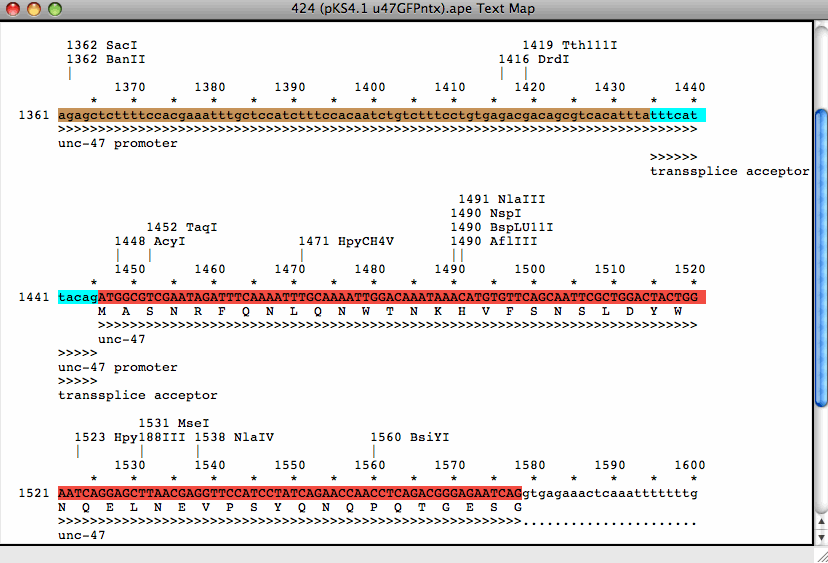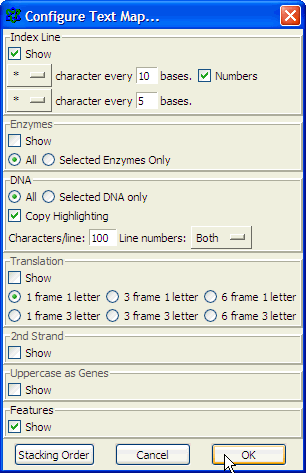

It is believed that repetitive sequences make up at least half of the human genome, with some estimates placing it at two thirds ( de Koning et al., 2011). Repetitive caRNAs are transcribed from repetitive DNA sequences such as DNA-containing genomic repeats, fragments of genomic repeats or repeated motifs such as simple repeats ( Biscotti et al., 2015). While their specific action mechanism is mostly unknown, it is now generally believed that they act in combination with RNA-binding proteins (RBP) and histone modifying proteins such as, for example, the Suppressor of Variegation 3–9 (SUV39), Polycomb Repressor complex (PRC1 and 2) ( Davidovich and Cech, 2015 Cerase and Tartaglia, 2020), and hNRNP-family protein ( Klimek-Tomczak et al., 2004 West et al., 2019) to regulate gene expression and nuclear dynamics.ĭue to recent excellent reviews on the topic of lncRNA and RNA in general nuclear organization ( Creamer and Lawrence, 2017 Khosraviani et al., 2019 Michieletto and Gilbert, 2019 Thakur et al., 2019), this review will focus on the emerging evidence of the role of repetitive RNA and repeat-containing repetitive motifs (i.e., genomic, simple/tandem containing repeats) in the organization of chromatin and the regulation of gene expression. This term encompasses a wide variety of specific RNAs such as short nuclear/nucleolar (snRNA/snoRNA) and long non-coding RNA (lncRNA) and newly transcribed mRNA ( Li and Fu, 2019). This type of RNA is now collectively labeled as chromatin-associated RNA (caRNA) ( Li and Fu, 2019). For example, it has been known for decades that RNA can be intimately associated to chromatin ( Holmes and Bonner, 1974). It is now becoming increasingly clear that mRNAs and nuclear non-coding RNAs are centrally involved in the regulation of chromatin state and therefore gene expression. While the role of repetitive genomic elements has been intensely studied, the role of repetitive or repeat-containing RNA has only relatively recently gained some attention. Constitutive heterochromatin is enriched for repetitive DNA (for example the centromeric and telomeric regions and genomic repeats) ( Nishibuchi and Déjardin, 2017).

The fraction of the heterochromatin that is permanently silent is called constitutive heterochromatin, whereas the fraction of chromatin that undergoes transcriptional activation or repression depending on cellular, extracellular and developmental clues is called facultative heterochromatin. It is well known that, transcriptionally, chromatin exists in one of two main states: euchromatin, actively transcribed and not condensed, and heterochromatin, relatively compacted, gene-poor and transcriptionally silent ( Trojer and Reinberg, 2007), and that these share different nuclear compartments ( Van Bortle and Corces, 2012). The mechanisms behind the differential expression of protein coding and non-coding genes in time, space and in response to external stimuli, is the object of intensive studies. These organelles are droplet-like particles that exhibit liquid-like features and are believed to be formed via a process called liquid-liquid phase separation (LLPS, discussed below).

The eukaryotic nucleus is a very complex organelle containing large amounts of DNA, RNA, proteins ( Boija et al., 2018 Sawyer et al., 2019) and nuclear compartments, such as membrane-less organelles like the nucleoli, speckles, paraspeckles.


 0 kommentar(er)
0 kommentar(er)
